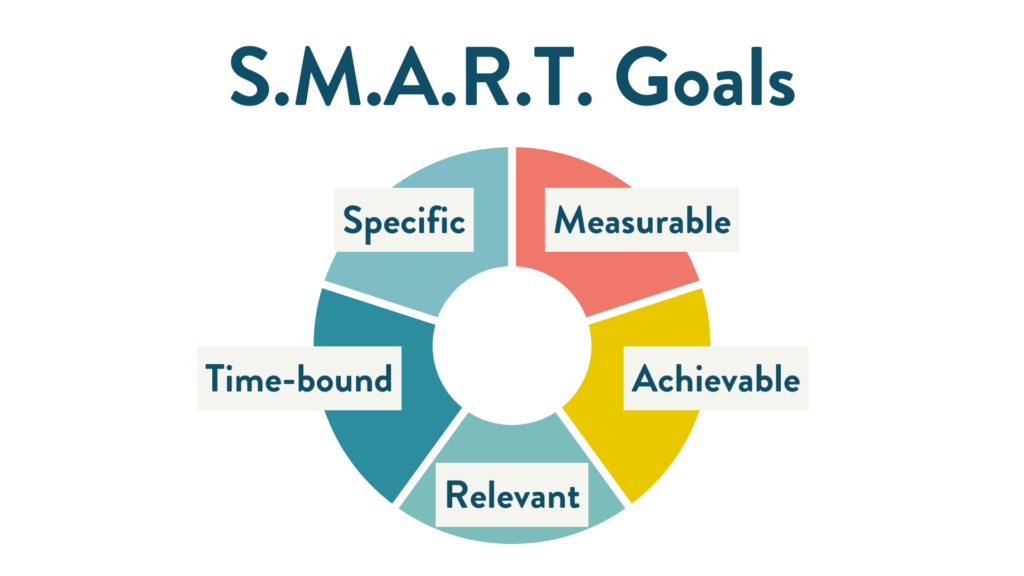Your child needs to know that you are on their team. But, what does that look like? How can you create a doable and developmentally appropriate plan for success? What do student success plans look like? It’s certainly not completing their homework assignments for them to help them get an A.
Cate Reed, seasoned administrator, current Senior Vice President of Teach For America, and Possip Reporter, explores ideas on how families can develop plans to ensure students can stay on a path for academic success.
Families and students may find developing a success plan effective to clarify each person’s responsibilities in supporting a student’s academic progress. These plans, which can be developed yearly, every semester, or monthly, help articulate where a student wants to be headed and give them a path to get there.
Below are ideas for parents to use with their child to build strong student success plans.
Jump to...
Help Your Child Clarify and Visualize Goals and Plans
There is nothing motivating about vague or opaque goals. Children want to know where they are headed, and the adults in their lives should be aligned on those goal posts as well. Here are some concrete tools you can use:
- Goal Setting Worksheets: Structured forms that guide students through the process of setting SMART (Specific, Measurable, Achievable, Relevant, Time-bound) goals.

- How to Use: Sit down with your child to fill out these worksheets, breaking down large goals into smaller, manageable steps. Regularly review these goals and adjust them as necessary.
- Progress Charts and Graphs: Visual representations of a student’s progress over time.
- How to Use: Create charts that track grades, completion of assignments, or progress in specific skills. Review these charts regularly to celebrate improvements and identify areas needing attention.
Create Realistic Goals in Your Student Success Plan
Getting a perfect SAT score or a 4.0+ GPA are not goals that are likely attainable and set up students for failure. Consider incremental milestones that can be tracked and adjusted over time.
Clear, realistic goal examples:
- Complete all assignments on time for two weeks.
- Move from a C+ to a B in a specific class.
- Be on time to school and class for a full month.
- Meet with a teacher to get extra help twice a week for three weeks.
Review Goals and Progress Frequently
Ensure that you are creating many opportunities for stepping back to check in on progress, celebrate successes and adjust as necessary to give tangible chances for success. Ensure you are liking actions taken (“Wow – you turned all your homework in on time for three weeks and your grade went from a 72% to an 81% – that is great!”).
Ways to step back and take in the big picture:
Family Meetings: Regularly scheduled discussions involving all family members to talk about each person’s progress and goals.
- How to Use: Set aside time weekly or monthly to discuss each family member’s achievements and areas for growth. Use this time to set new goals and plan how to support each other in achieving them.
Feedback Sessions: One-on-one or family discussions focused on providing constructive feedback.
- How to Use: Use a structured format such as “Two Stars and a Wish” where you discuss two things that went well and one area to improve. Ensure the feedback is specific and actionable.
Parent-Teacher Conferences: Meetings between parents and teachers to discuss a student’s performance and development.
- How to Use: Prepare for these conferences by reviewing your child’s work and any reflections or goals they have set. Use the conference to gain insights from the teacher and collaboratively develop strategies for growth.
Journals and Reflection Sheets: Written documents where students can regularly note their achievements, challenges, and future aspirations.
- How to Use: Encourage students to spend a few minutes each week writing about what went well, what didn’t, and what they hope to improve. Parents can review these journals periodically and discuss them with their children.
Conclusion
Student success plans are a specific strategy to set realistic academic goals that can help them find long term school success. Reflecting on successes, areas for growth, and setting new goals is essential for a student’s development and can be greatly supported by family involvement. For further reading on related topics, consider exploring the following resources:
By thinking about the use of a student success plan you can increase the likelihood of your child being on track to their academic goals. Moreover, they will be aligned with their biggest cheerleaders – the adults in their life – on the path to get there!
Speed Read (tldr) of Student Success Plans: What Are They and How Can Families Best Use Them?

- Be clear on your goals: Make sure you and your child align on what they want to accomplish and by when. Write out a student success plan.
- Be realistic: If your child is currently on the verge of failing, don’t set a goal of an A+. Encourage them to aim for goals that are ambitious but also feasible so they can see the fruits of their labor.
- Review frequently: Step back often with your child to check on their progress and make adjustments to the plan as necessary.
Read below for resources, tips, and the why!


